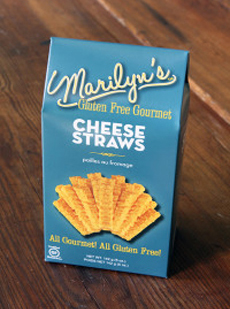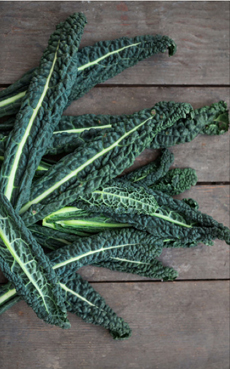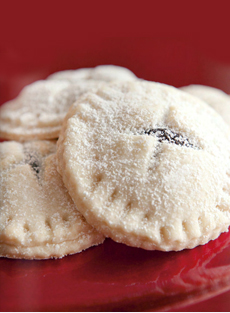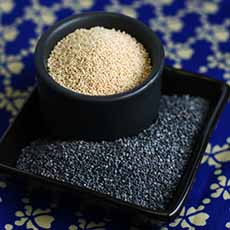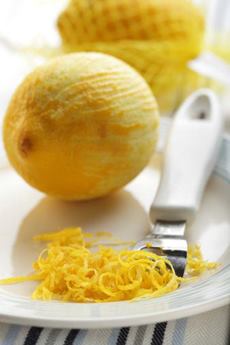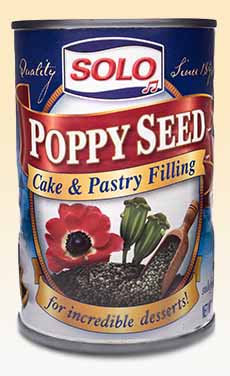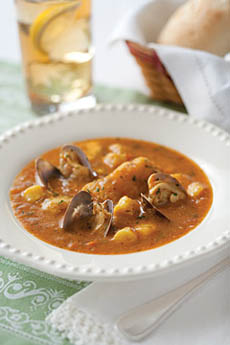|
Last night at sunset, the Jewish holiday of Purim began. As recounted in the Old Testament’s Book Of Esther, it commemorates the saving of the Jewish people in 5th century B.C.E. Persia from a plot by Hamen, advisor to the king, to annihilate them in a single day. (Here’s the whole story.)
Traditional foods are part of the celebration, the most famous of which is hamentaschen.
The name means “Hamen’s pockets” (the singular is hamentasch).
A three-cornered filled cookie, named after the tricorner hat worn by Haman. It is created by folding in the sides of a circular piece of dough, with filling placed in the center.
Traditional fillings are poppy seed, prune, date, apricot, and fruit preserves. Of course, modern bakers have increased the appeal by using chocolate, dulce de leche and sweetened cheese.
You don’t have to celebrate Purim to bake a batch. You can make a traditional hamentashen recipe, or try the modern version below, including homemade poppy seed filling.
Also below are more things to do with poppy seed filling.
RECIPE #1: POPPY SEED POCKETS
These cookies are round instead of triangular, and cream cheese is added to the traditional poppy seed filling.
Ingredients For 3 Dozen Cookies
1 8-ounce package cream cheese, softened
1 cup (2 sticks) butter, softened
1 cup granulated sugar
1-1/2 teaspoons lemon zest
2 teaspoons vanilla
2-3/4 cups flour
1 12.5-ounce can poppy seed filling* or make with the recipe
1 cup confectioners’ sugar
_______________
*You can find it online if your local supermarket doesn’t have it.
Preparation
1. COMBINE the cream cheese and butter in the bowl of an electric mixer; mix until well combined. Add the sugar and beat until light and fluffy. Add the lemon zest and vanilla; mix to combine.
2. SLOWLY ADD the flour and mix just until thoroughly incorporated. Remove the dough and divide it into four equal parts. Flatten each into a round disc and cover with plastic wrap. Refrigerate at least one hour.
3. PREHEAT the oven to 350°F. On a well-floured surface, roll out one packet of dough at a time, to about 1/8-inch thick. Using a 2-inch, round cookie cutter, cut circles from the dough and transfer half of the circles to a baking sheet covered with parchment paper. Reserve the remaining circles to use as tops for each cookie. Re-roll and cut any remaining dough scraps.
4. PLACE 1 teaspoon of poppy seed filling in the center of each dough circle. Dip the tip of your finger or a small pastry brush in water and lightly brush water around the edge of each filled circle. Quickly cover each with a reserved dough circle top and use the tines of a fork to gently crimp the edges of the two circles together. Cut an “X” into the top of each cookie with tip of a sharp knife.
5. BAKE 8 to 10 minutes or until the edges of the cookies just start to turn golden brown. Remove the cookies from the oven and dust generously with confectioners’ sugar. Let the cookies cool on baking sheets for 3 to 4 minutes before removing to a wire rack to cool completely.
RECIPE #2: HUNGARIAN POPPY SEED FILLING
Reader Cheryl Olenczak writes that it’s easy to make homemade poppy seed filling and avoid the additives in commercial brands.
She uses a recipe submitted by Hepzibah to AllRecipes.com, substituting butter for the margarine.
Prep time is 10 minutes, cook time is 20 minutes, cool before using.
Ingredients
1/2 pound poppy seeds
1 cup milk
1/4 cup butter or margarine
3/4 cup white sugar
1 pinch salt
2 eggs, beaten
Preparation
1. GRIND the poppy seeds in a mill or coffee grinder.
2. COMBINE the milk, butter/margarine and sugar in a saucepan. Cook on low heat, stirring often, until the sugar dissolves. Gradually pour about half of the hot milk mixture into the beaten eggs, whisking constantly.
3. RETURN the egg and milk mixture to the saucepan. Continue to cook and stir until the mixture begins to thicken and coats the back of a metal spoon. (Run your finger down the coated spoon: it should draw a clear line.) Add the poppy seeds and stir well to blend.
4. REMOVE from the heat; cool before using. Store unused filling in the refrigerator for up to five days.
|
